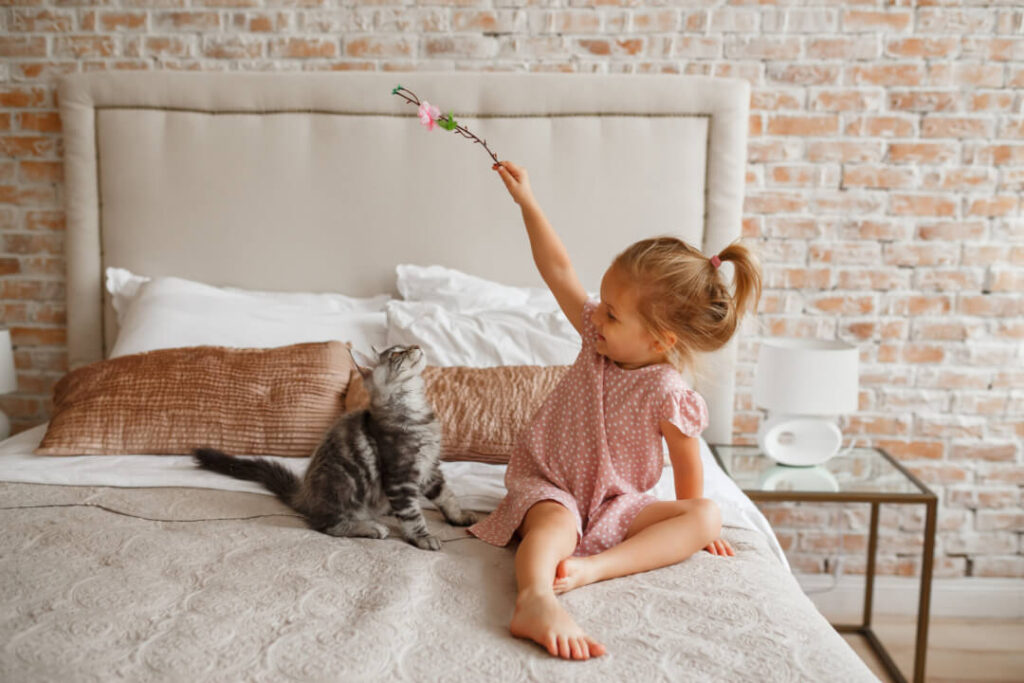“How much heat can a cat handle?” Cat lovers are bound to ask themselves this question at some point during the summer, especially when it gets almost unbearably hot and the thermometer seems to be climbing higher and higher every day.
We humans love the summer, and many of us can’t get enough of the sun. Do our cats also enjoy the summer sun? Definitely, especially as they’re known for always seeking out warm and cosy spots.
But does it sometimes get too much for them?
How much heat can my cat handle?
Your cat’s ancestors used to live as inhabitants of the steppe regions. To this day, you’ll notice this legacy in their preference for being warm and cosy. Cats are sun-worshippers and great lovers of heat. They have an aversion to being cold and wet. Much like their ancestors, they’re very sensitive when it comes to external influences; when temperatures and light conditions change, no matter how slightly, cats will react immediately.
So, when do things get too warm for our cats, and when does it get too hot? And how much heat can they actually tolerate?
Normal body temperature in cats
The body temperature of cats ranges between 36.7 °C and 38.9 °C. When they tussle and play, their body temperature may rise slightly. It might also briefly rise to over 39 °C when they’re under stress, say, during a cat fight or in situations that cause discomfort, such as a trip to the vet. Their body temperature will drop again as soon as they calm down. This is totally normal and not an indication of any kind of illness.
When does heat become dangerous for cats?
Heat becomes dangerous and even life-threatening when it gets so hot that cats are at risk of heatstroke. When it gets very hot, cats will start to pant. In turn, this will use up a lot of fluid and lead to an increase in their body temperature. If they don’t somehow cool down, they’ll quickly suffer heatstroke. At first, the cat will go into shock. After that, their body’s circulation will stop working and the animal will collapse because its organs will no longer be functioning properly.
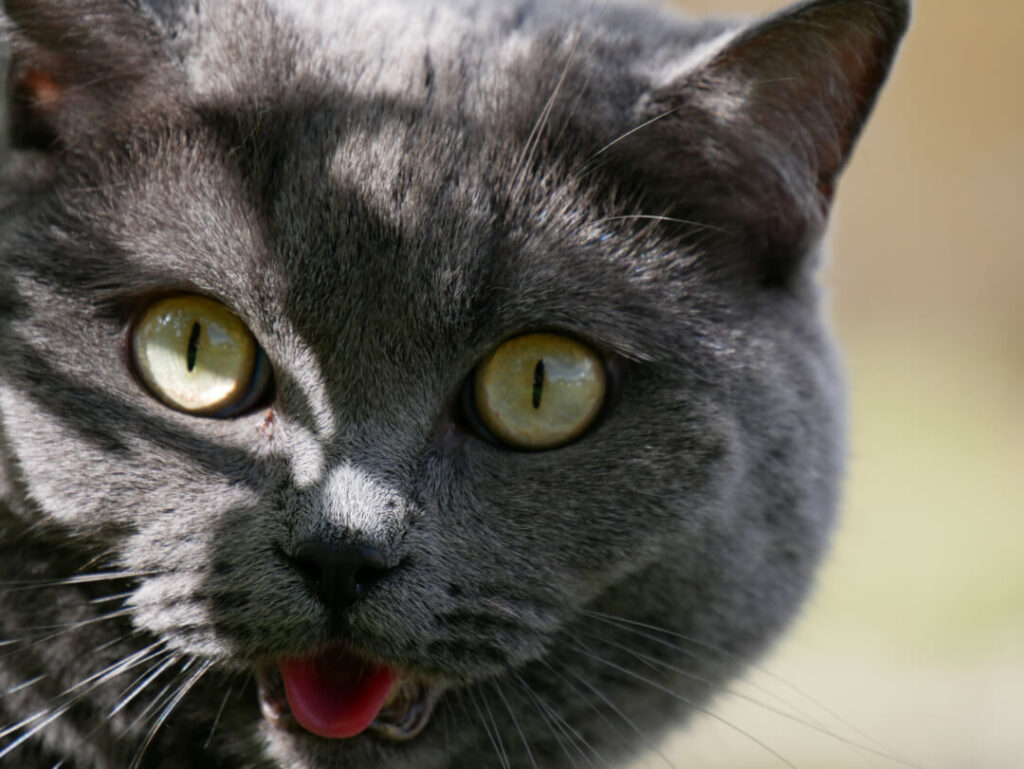
Warning signals – when a cat gets too hot
How can you tell if your cat is getting too hot?
There are certain signs:
- Agitated excitement
- Shortness of breath
- Heart palpitations
The mucous membrane in their mouth will also be darker than usual.
If this is the case, do not hesitate! Take your cat to the vet immediately! Heatstroke in cats can be life-threatening.
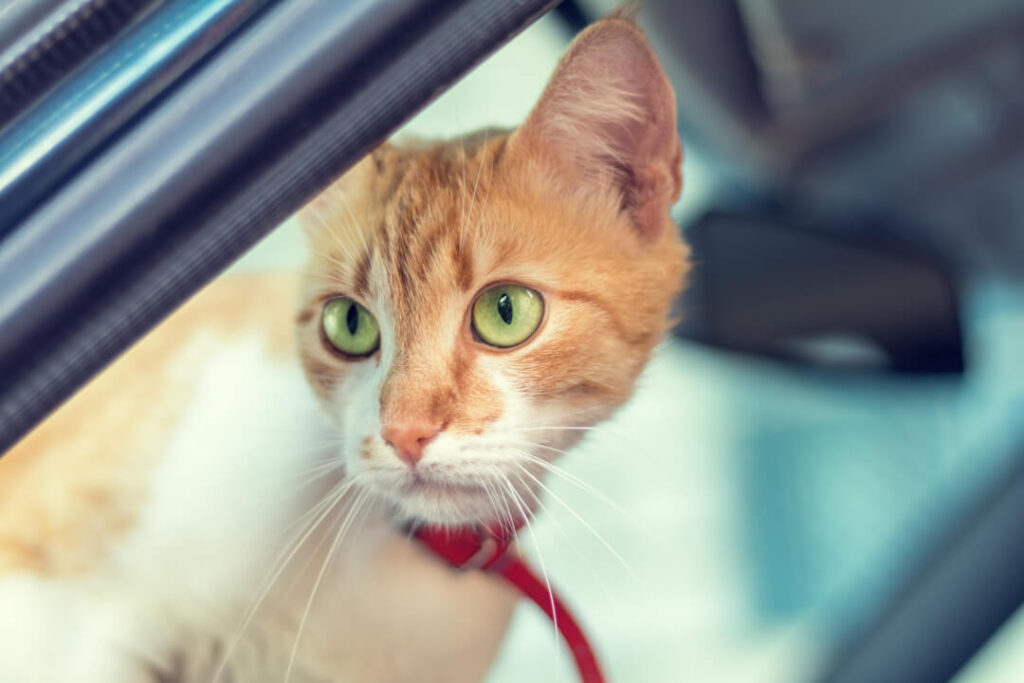
Never leave your pet alone in a car in the summer!
Even if you’ve parked in the shade and/or left the windows slightly open, this is not enough to ensure that your pet will not be affected by the heat.
How cats cool down naturally
How do cats cool themselves off? Do they just dive headfirst into a pool? Most cats don’t have the option of going for a quick swim!
But you might catch a cat drinking from a pool or sharpening their claws there. However, if the water from the pool ever pours out like a tsunami into the whole garden …
If that happens, cats will prefer to retreat to the shade, hang out there and keep an eye on what’s going on around the pool..

Please note that above-ground pools, deep ponds and XL wading pools can be dangerous for your cat!
Cats can swim – quite well, actually – but if the edge of the pool or pond is too steep or slippery, they won’t be able to get themselves back on solid ground. At some point, they’ll run out of breath trying to get out of the water, and eventually they’ll no longer be able to stay afloat.
Do cats sweat?
We humans have sweat glands all over our bodies that help us to ‘lower’ our body temperature. When it’s very hot, the water in the sweat we release through these glands evaporates and cools us down in the process. Cats have sweat glands only in a few small, fur-free areas, for example, between their paw pads and toes. These glands are also used by cats to “leave their mark”, that is, as a way of releasing pheromones (scents).
Cats lick their fur to cool off
Cats don’t have as many sweat glands as we humans do. Their way of cooling themselves down in the heat involves licking their fur. In other words, by breathing quickly and letting the saliva evaporate on their fur, they’re able to cool themselves down a little.
Give it a try! – Do what your cat does:
A cool-down lick!
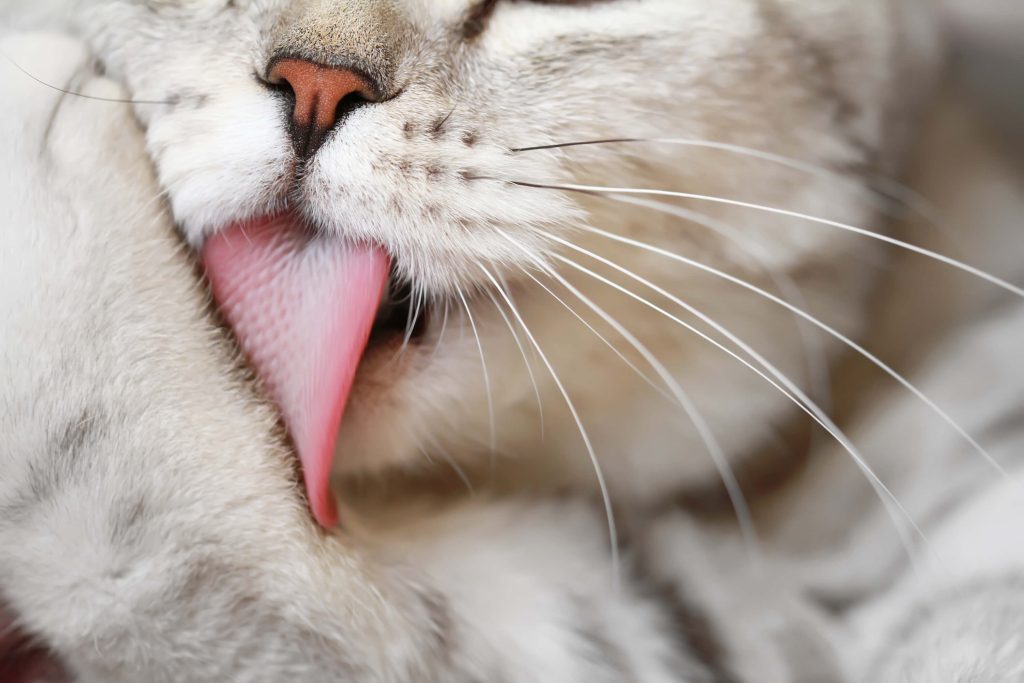
Cats rest a lot in summer
SIESTA DE GATO!
If anyone knows what it truly means to chill, it’s our felines! Cats even have favourite spots where they like to hang out and do … NOTHING. And who can blame them? When the sun’s blazing down from the sky, it’s probably the best thing you can do. Rest elegantly in the shade and only venture out when the weather’s bearable again.
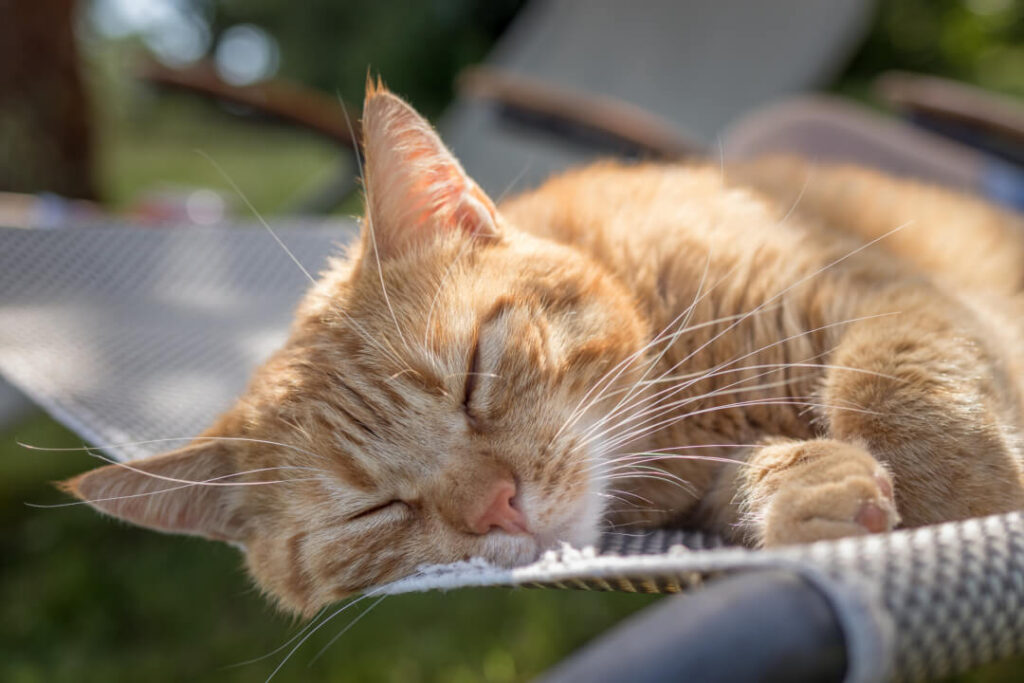
Cats get a summer coat
Cats have an internal clock. They instinctively sense when it’s time to change their coat.
A change of coat ensures that cats are perfectly prepared for changing temperatures and weather conditions. They replace their thicker winter coat with a much lighter summer coat, which protects them from intense UV radiation and excessive heat.
How to help your cat stay cool in summer
our cat’s ancestors were wildcats that lived on the steppe and in the desert.
This is why our furry friends love warmth and tend to sunbathe whenever the opportunity presents itself. But as soon as the thermometer starts to climb higher and eventually cracks the 30-degrees Celsius mark, even these heat lovers will get too warm!

Here are a few tips to make your cat’s life more bearable in hot summers:
Don’t put cat food in the refrigerator

In the hot summer, we humans think everything we eat should be served cool and from the fridge, but this is not advisable for our kitties! It’s better to serve several small portions at room temperature throughout the day. Don’t leave leftover food out all day! You’re probably going to have to throw it out!
Wet food is also available in smaller, packaged portions. Dry food should be stored in sealable boxes.
Source: Simon´s Cat (2017): Dinner Date: Vorspeisen – Simons Katze (ein Valentinstag Special), [YouTube-Video.], published on 10.02.2017, https://www.youtube.com/watch?v=Wy3a0wMgbD8&feature=youtu.be, accessed on 15.07.2020
Provide your cat with shady and cool places to chill
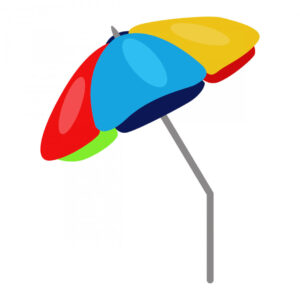
In the summer months, house pets like to lie on tiled floors and stone flooring.
Make sure there are enough pleasantly cool places in your furry friend’s living area where they can retreat to and chill whenever they need to. Do NOT turn any fans on in these spaces! Draughts can cause pets to catch colds and sometimes even get eye infections.
The right cat food for hot days
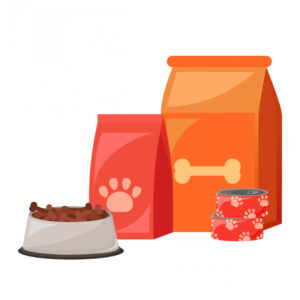
Cats don’t drink very much, but they still need plenty of fluids on hot days – in which case, wet food is the food of choice!
Some cats like melons (e.g. cantaloupe, honeydew melon, watermelon), which are best served in bite-sized pieces and not too much at once. If you do it right, melon can be a refreshing snack between meals!
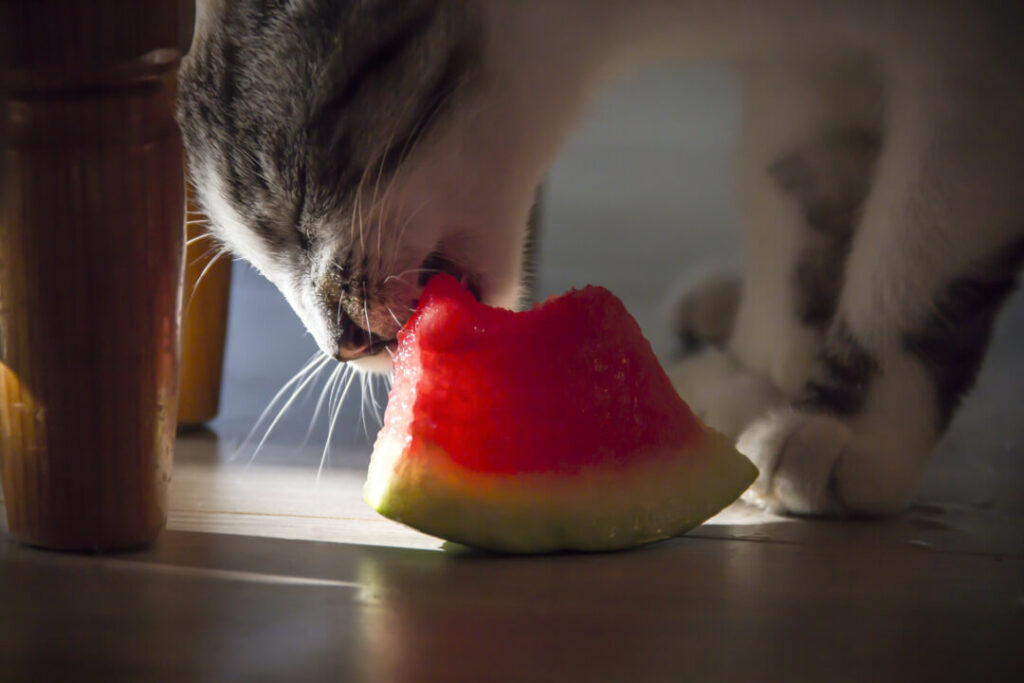
Make sure you drink enough when temperatures outside are high
When the mercury rises, cats need more fluids than usual. Make sure your kitty gets enough to drink now:

- + Water bowls: place several water bowls in different places throughout your home
- Water: do not give your cat milk or juices to drink
- Indoor fountain: Cats love running water – A water fountain can encourage them to drink
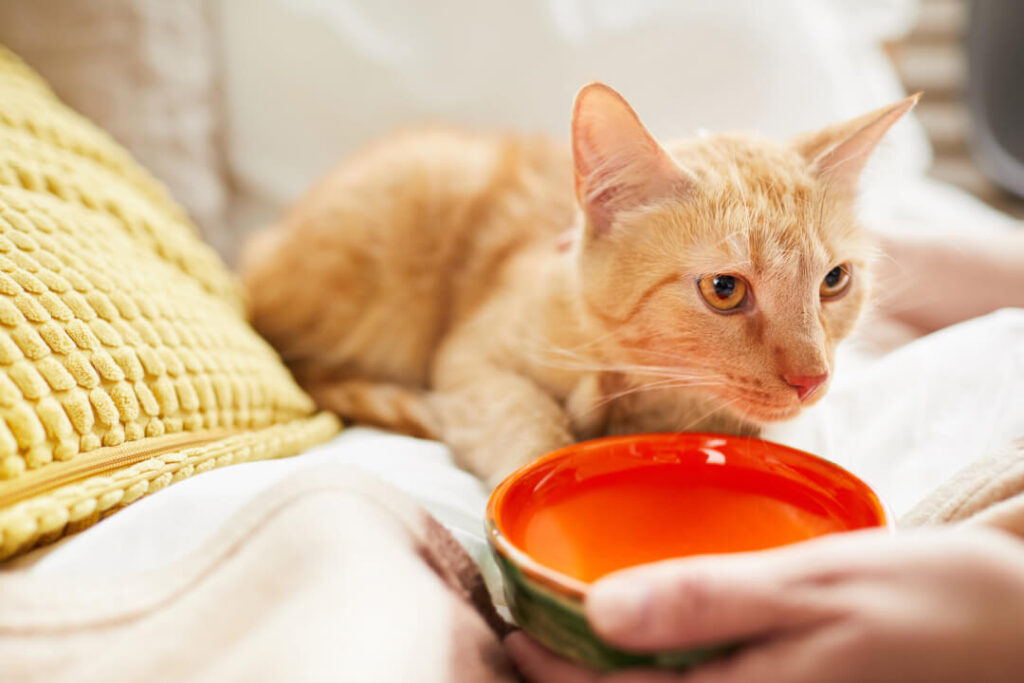
Rest periods and plenty of relaxation
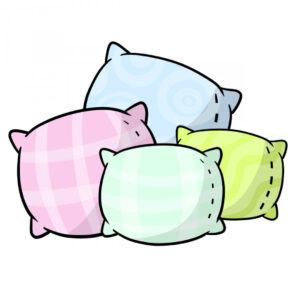
In the warmer months, cats are not as active as usual. They prefer to take it easy, stay deeply relaxed and spend a lot of time snoozing.
This cool approach can be made even cooler if you get them a cat cooling mat that stays cool without using any water or electricity. It’s better not to take it directly from the fridge! In that case, it will usually be too cold and your cat won’t tolerate it well.
Source: medpets.de (2020): „Kühlmatten für Katzen“, online unter https://www.medpets.de/kuehlmatte-katze/, as of 6 July 2020
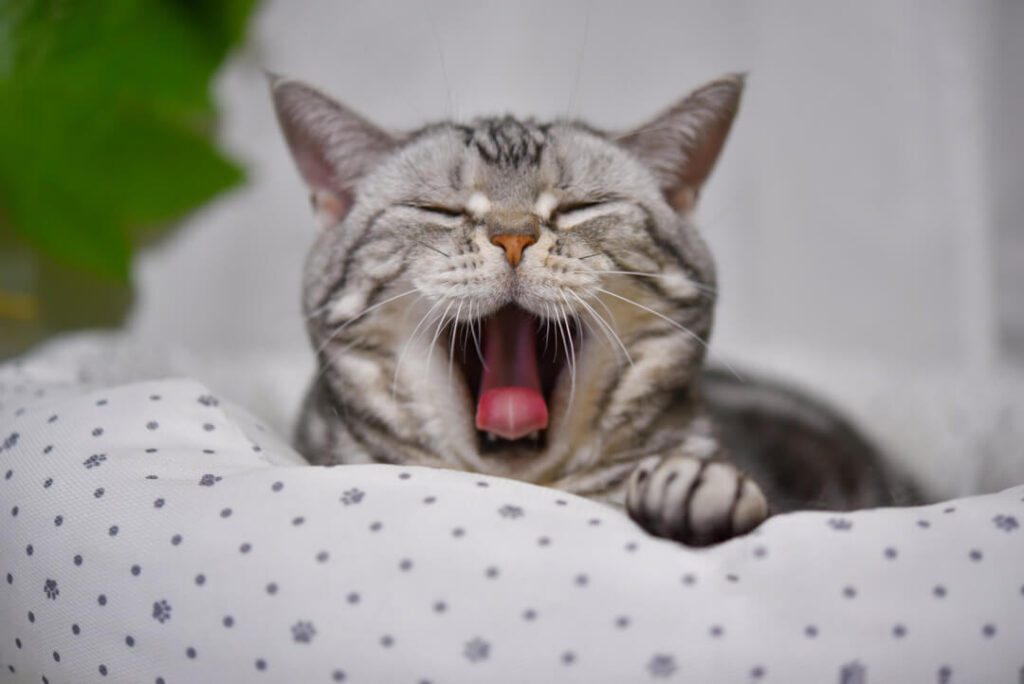
In the summer, instead of petting your cat with your bare hand, you can also use a towelthat you’ve made lightly damp beforehand. Just rub the damp towel over your furry friend’s fur and you’ll be cooling them down.
Does 🐱 a lot of good!
Pay attention to cleanliness and hygiene
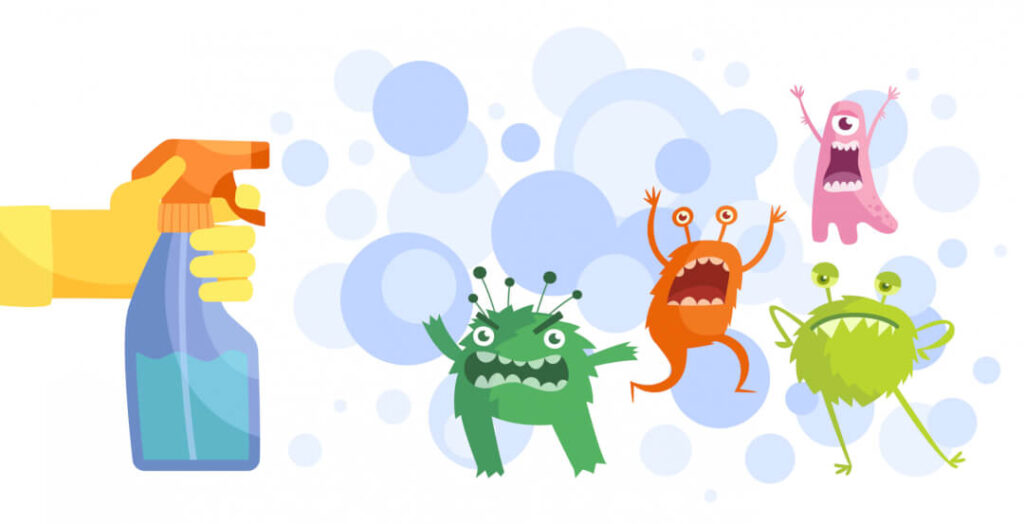
We humans love summertime, but warmer weather also means that some litter boxes will really start to smell.
Cats themselves aren’t to blame for this! Although the excrement of carnivores generally has a strong smell, the unpleasant odour you smell is mainly caused by bacteria.
And when your cat’s litter tray becomes its own stinky biotope, your indoor air quality is going to suffer – not to mention the health risks associated with germs circulating in your living environment. Bacteria can only thrive if they have enough moisture available to them; therefore, when choosing cat litter, you should make sure that the litter binds liquid optimally so as not to provide a breeding ground for bacteria.
The more moisture it binds, the fewer odours you’ll have. And make sure that your litter tray is always clean, especially in summer. How do you keep a litter box in a hygienic condition? Read about it here.
